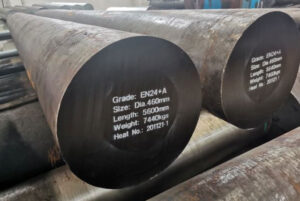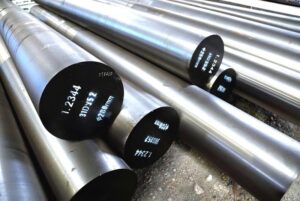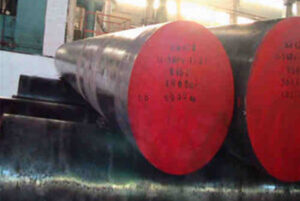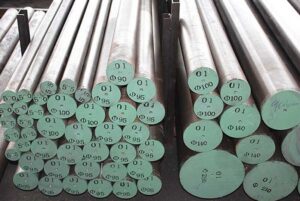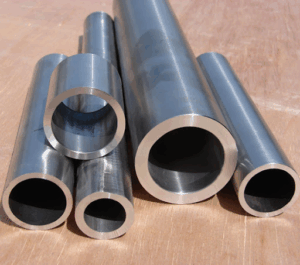30CrMnSi steel is a high-strength, low-alloy steel known for its excellent mechanical properties and versatility in various applications. This article delves deep into the world of 30CrMnSi steel, exploring its types, composition, properties, and uses. Whether you’re a seasoned engineer, a materials scientist, or just curious about steel, this guide will provide comprehensive insights into this remarkable alloy.
Overview of 30CrMnSi Steel
30CrMnSi steel is a medium-carbon alloy steel that combines strength, toughness, and wear resistance. It’s primarily used in the manufacturing of structural components, machinery parts, and tools that require high strength and toughness. The presence of chromium (Cr), manganese (Mn), and silicon (Si) in its composition enhances its mechanical properties, making it suitable for a wide range of industrial applications.
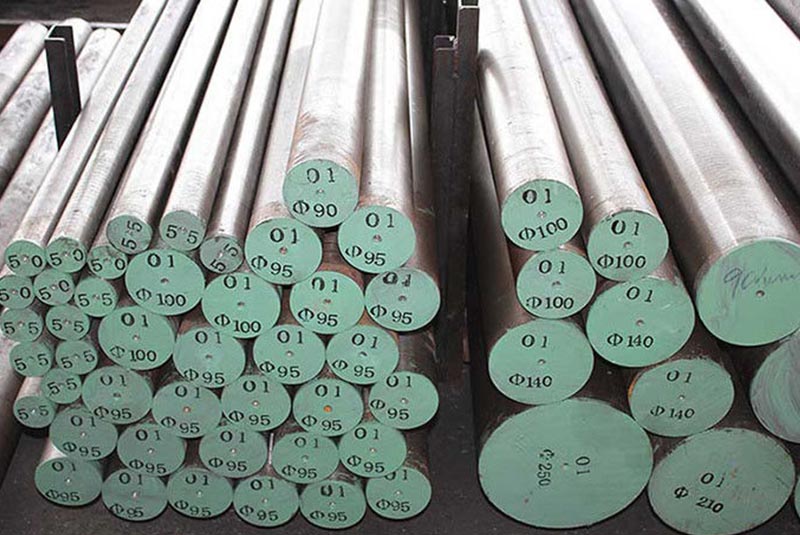
Types of 30CrMnSi Steel Powder Models
1. 30CrMnSi-1
Description: 30CrMnSi-1 is the standard variant with balanced properties, commonly used for general engineering purposes.
Characteristics: High tensile strength, good ductility, and excellent toughness.
2. 30CrMnSi-2
Description: An improved version with higher silicon content for better wear resistance.
Characteristics: Enhanced hardness and wear resistance, suitable for high-stress environments.
3. 30CrMnSi-3
Description: Modified with additional manganese for improved hardenability.
Characteristics: Superior hardenability, making it ideal for heat-treated components.
4. 30CrMnSi-4
Description: A variant with lower carbon content for improved weldability.
Characteristics: Better weldability while maintaining good strength and toughness.
5. 30CrMnSi-5
Description: Enhanced with vanadium for increased fatigue resistance.
Characteristics: Excellent fatigue resistance, suitable for dynamic loading applications.
6. 30CrMnSi-6
Description: Optimized for high-temperature applications with added molybdenum.
Characteristics: High-temperature strength and stability, ideal for heat-exposed components.
7. 30CrMnSi-7
Description: Contains additional chromium for improved corrosion resistance.
Characteristics: Good corrosion resistance, suitable for harsh environments.
8. 30CrMnSi-8
Description: Modified with nickel for improved impact toughness.
Characteristics: Superior impact toughness, suitable for shock-loaded applications.
9. 30CrMnSi-9
Description: Features added titanium for grain refinement.
Characteristics: Fine grain structure, improved mechanical properties, and toughness.
10. 30CrMnSi-10
Description: Enhanced with boron for increased hardenability.
Characteristics: High hardenability, suitable for through-hardening processes.
Composition and Properties of 30CrMnSi Steel
Understanding the composition and properties of 30CrMnSi steel is crucial for selecting the right variant for your application.
| Element | Percentage |
|---|---|
| Carbon (C) | 0.28-0.34% |
| Manganese (Mn) | 1.20-1.60% |
| Silicon (Si) | 0.80-1.10% |
| Chromium (Cr) | 0.80-1.10% |
| Phosphorus (P) | ≤ 0.035% |
| Sulfur (S) | ≤ 0.035% |
Properties
| Property | Value |
|---|---|
| Tensile Strength | 980-1180 MPa |
| Yield Strength | 835-930 MPa |
| Elongation | 10-15% |
| Hardness (HRC) | 28-33 |
| Impact Toughness | 35-45 J/cm² |
| Density | 7.85 g/cm³ |
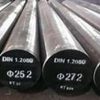
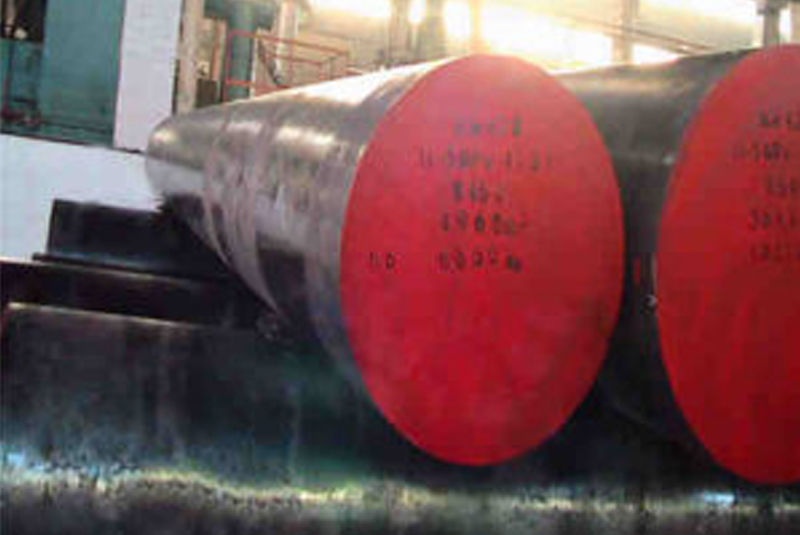
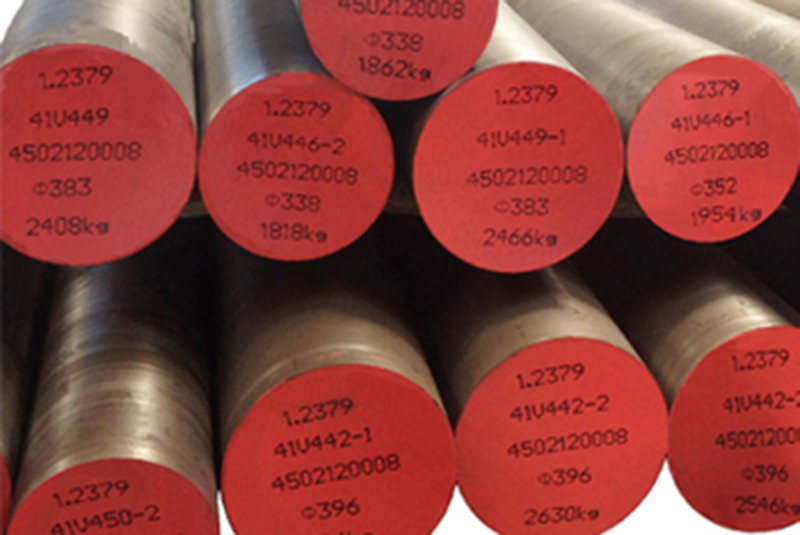
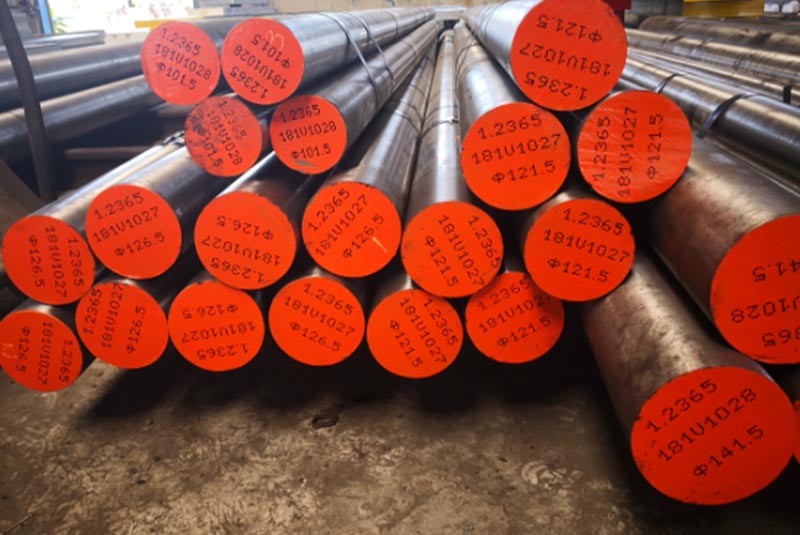
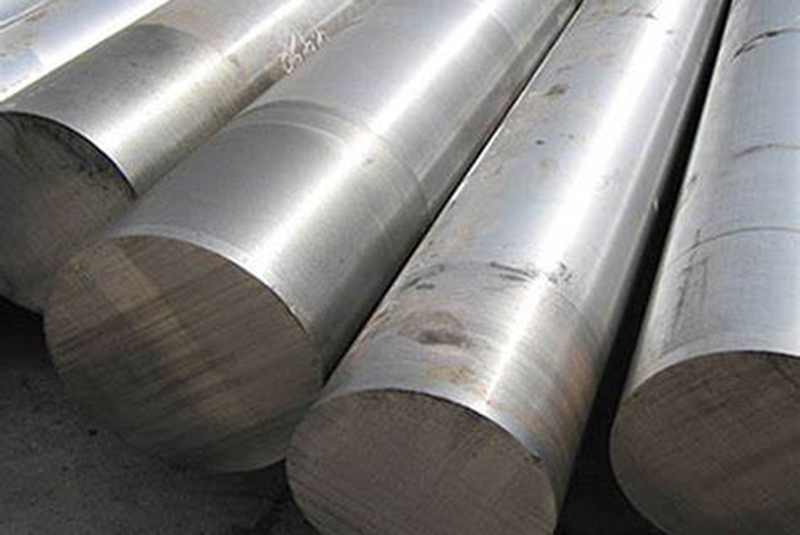
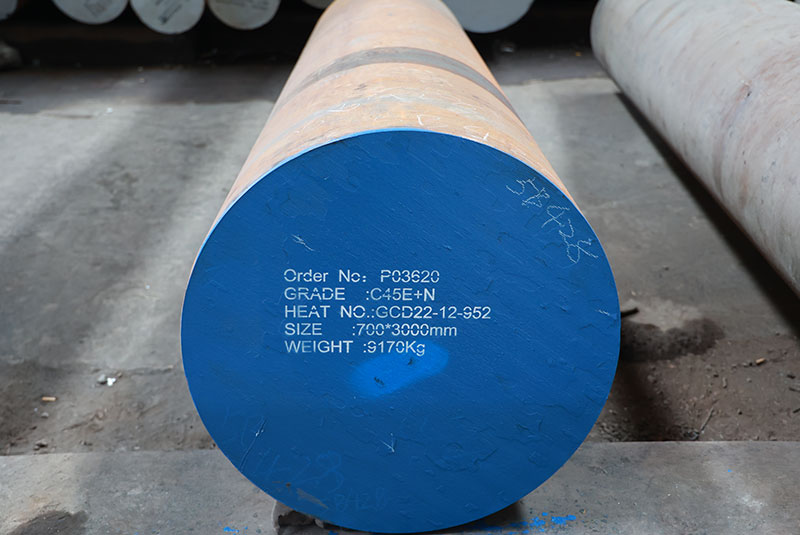
Applications of 30CrMnSi Steel
30CrMnSi steel is used in various industries due to its excellent mechanical properties. Here are some of the primary applications:
| Application | Description |
|---|---|
| Automotive Industry | Used in gears, shafts, and structural components. |
| Aerospace Industry | Employed in aircraft frames and landing gear parts. |
| Construction Industry | Utilized in high-strength structural components. |
| Machinery Manufacturing | Ideal for machine parts like spindles and axles. |
| Tool and Die Making | Used in tools requiring high wear resistance. |
| Oil and Gas Industry | Suitable for drill bits and other drilling equipment. |
| Railway Industry | Employed in rails and fasteners. |
| Mining Industry | Used in excavator buckets and other heavy equipment. |
| Marine Industry | Suitable for shipbuilding and marine hardware. |
| Defense Industry | Utilized in military vehicles and weaponry. |
Specifications, Sizes, Grades, and Standards of 30CrMnSi Steel
Specifications
| Specification | Details |
|---|---|
| Standard | ASTM, DIN, JIS, GB |
| Form | Bars, plates, sheets, coils |
| Size Range | Diameter: 6-400 mm, Thickness: 0.5-200 mm |
| Length | Up to 12 meters |
| Grades | 30CrMnSi-1, 30CrMnSi-2, 30CrMnSi-3, etc. |
Standards
| Standard | Description |
|---|---|
| ASTM A29 | Standard specification for steel bars, carbon, and alloy |
| DIN 17200 | Standards for steel grades in Germany |
| JIS G4105 | Japanese standard for alloy steels |
| GB/T 3077 | Chinese standard for alloy structural steels |
Suppliers and Pricing Details
Finding the right supplier for 30CrMnSi steel is crucial for ensuring quality and reliability.
| Supplier | Location | Price (per kg) | Contact |
|---|---|---|---|
| Steel Dynamics | USA | $1.20 | [email protected] |
| ArcelorMittal | Luxembourg | $1.15 | [email protected] |
| Tata Steel | India | $1.10 | [email protected] |
| Nippon Steel | Japan | $1.25 | [email protected] |
| Baosteel Group | China | $1.05 | [email protected] |
| POSCO | South Korea | $1.18 | [email protected] |
| Thyssenkrupp | Germany | $1.22 | [email protected] |
| JSW Steel | India | $1.12 | [email protected] |
| Nucor Corporation | USA | $1.19 | [email protected] |
| Gerdau | Brazil | $1.14 | [email protected] |
Advantages and Disadvantages of 30CrMnSi Steel
Advantages
| Advantage | Explanation |
|---|---|
| High Strength | Excellent tensile and yield strength for heavy-duty applications. |
| Good Ductility | Ability to withstand deformation without fracturing. |
| Wear Resistance | High hardness and resistance to wear, suitable for abrasive environments. |
| Toughness | Can absorb significant energy before fracturing, making it ideal for dynamic loads. |
| Versatility | Can be used in various industries and applications. |
Disadvantages
| Disadvantage | Explanation |
|---|---|
| Weldability | Lower weldability compared to low-carbon steels. |
| Corrosion Resistance | Not as corrosion-resistant as stainless steels. |
| Cost | Higher cost compared to standard carbon steels. |
| Machinability | Can be more challenging to machine due to its hardness. |

Comparing 30CrMnSi Steel Models
Choosing the right variant of 30CrMnSi steel depends on the specific requirements of your application.
| Model | Strength | Ductility | Wear Resistance | Toughness | Corrosion Resistance | Weldability |
|---|---|---|---|---|---|---|
| 30CrMnSi-1 | High | Good | Good | Excellent | Moderate | Moderate |
| 30CrMnSi-2 | High | Moderate | Excellent | Good | Moderate | Moderate |
| 30CrMnSi-3 | Very High | Good | Good | Excellent | Moderate | Poor |
| 30CrMnSi-4 | High | Excellent | Moderate | Excellent | Poor | Good |
| 30CrMnSi-5 | Very High | Good | Excellent | Good | Poor | Moderate |
| 30CrMnSi-6 | High | Good | Good | Excellent | Poor | Poor |
| 30CrMnSi-7 | High | Excellent | Good | Good | Excellent | Moderate |
| 30CrMnSi-8 | High | Excellent | Moderate | Excellent | Poor | Good |
| 30CrMnSi-9 | High | Good | Good | Excellent | Poor | Moderate |
| 30CrMnSi-10 | Very High | Moderate | Excellent | Good | Poor | Good |
FAQs
What are the main applications of 30CrMnSi steel?
30CrMnSi steel finds applications in diverse industries such as automotive, aerospace, construction, machinery manufacturing, and more. It’s used for components requiring high strength, toughness, and wear resistance.
Is 30CrMnSi steel suitable for high-temperature applications?
Yes, certain variants like 30CrMnSi-6, which are optimized for high-temperature stability, are suitable for applications requiring resistance to elevated temperatures.
How does 30CrMnSi steel compare to stainless steel in terms of corrosion resistance?
30CrMnSi steel offers moderate corrosion resistance compared to stainless steels. It’s less prone to corrosion than plain carbon steels but not as resistant as stainless alloys.
Which variant of 30CrMnSi steel is best for applications requiring excellent fatigue resistance?
30CrMnSi-5 is specifically enhanced with vanadium for superior fatigue resistance, making it ideal for applications subjected to cyclic loading.
What factors should be considered when selecting a variant of 30CrMnSi steel?
Key factors include strength requirements, toughness, wear resistance, weldability, and corrosion resistance, depending on the specific demands of the application.

